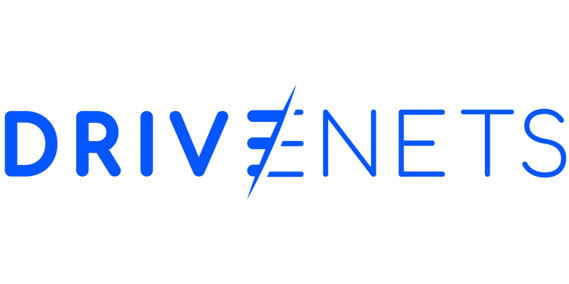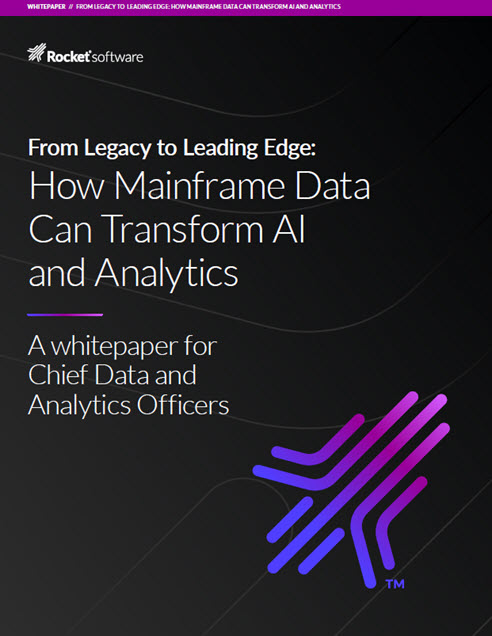The landscape of Artificial Intelligence (AI) and High-Performance Computing (HPC) has expanded rapidly, pushing the boundaries of technology. However, a critical challenge persists: the limitations of memory bandwidth and capacity. This constraint hampers the potential of AI and HPC applications, despite the leaps in computing capabilities.
The advent of Compute Express Link® (CXL®), backed by industry support, heralds a new era in addressing these constraints. CXL is a cache-coherent interconnect technology designed for high-speed, efficient communication between processors, memory expansion units, and accelerators. By ensuring memory coherence across CXL-fabric-attached computing devices, it facilitates resource sharing with improved performance, simplicity in software stacks, and reduced system costs. CXL is poised to be indispensable for the next wave of AI and machine learning applications.
Navigating the Memory Frontier in AI Workloads
The relentless advancement in Artificial Intelligence (AI) technologies has propelled the development of increasingly intricate models that underpin the next wave of innovations. This evolution, however, is inextricably linked to an escalating requirement for memory that far exceeds current norms. The augmentation in memory demand is attributed to several critical aspects of contemporary AI and machine learning (ML) workloads:
- Intricacy of AI Models: The latest AI models, including deep learning frameworks, demand extensive computational resources. For instance, OpenAI’s GPT-4, a state-of-the-art language model, consists of billions of parameters that require terabytes of memory to train effectively. Such models necessitate expansive memory pools to accommodate their computational needs, highlighting a direct correlation between model complexity and memory requirements.
- Explosion of Data Volumes: AI’s insatiable appetite for data is well-documented, with training datasets now encompassing billions of examples. The processing of these large datasets for tasks like image recognition or natural language understanding requires substantial memory bandwidth and capacity to ensure data can be accessed and processed efficiently, without becoming a bottleneck.
- Latency Sensitivity: Real-time AI applications, such as those in autonomous vehicles and financial trading algorithms, rely on the swift processing of incoming data. The need for low-latency memory systems becomes critical here, as any delay in data retrieval can lead to outdated decisions, compromising the system’s effectiveness and safety. CXL provides load/store memory operation across CXL fabric-attached devices. Load/store access is 10x shorter latency compared with RDMA based access, it is also a much simpler programming logic in terms of complexity.
- Concurrency and Parallelism: The trend towards using parallel processing architectures, such as multi-GPU setups for training AI models, further multiplies the memory demands. These architectures depend on fast, concurrent access to memory to synchronize and share data across multiple processing units, underscoring the need for both increased memory capacity and bandwidth.
The data underscore the pressing need for advancements in memory technology. For example, training a model like GPT-3 is estimated to require around 355 GPU-years, a metric that points to not just the computational but also the memory-intensive nature of such tasks. This computational demand translates directly into a need for memory systems that can keep pace, with projections suggesting that AI workloads could require memory bandwidths exceeding 1 TB/s in the near future to avoid bottlenecks.
Emerging technologies such as CXL are critical enablers in this context, designed to bridge the gap between the memory requirements of advanced AI models and the current capabilities. By facilitating coherent and efficient access to shared memory pools across CPUs, GPUs, and other accelerators, CXL aims to alleviate the memory constraints that currently hinder AI applications. This includes not just enhancing memory bandwidth and capacity but also improving the energy efficiency of memory access, a crucial consideration given the environmental impact of large-scale AI computations.
Empowering AI and HPC with CXL
CXL technology is a new boon for developers and users in the AI and HPC domains. As a high-speed, low-latency interconnect, CXL bridges memory and accelerators within a diverse computing environment. It creates a universal interface for CPUs, GPUs, DPUs, FPGAs, and other accelerators to access shared memory efficiently. The introduction of CXL has brought forth several advantages:
- Expanded Memory Capacity: CXL allows the integration of vast memory pools, which is crucial for processing the large datasets typical in AI and HPC tasks.
- Decreased Latency: The design of CXL minimizes data transfer delays, enhancing the performance of AI and machine learning workloads that require continuous data feeding.
- Interoperability: CXL’s hardware-agnostic nature promotes seamless integration of components from various manufacturers, offering system designers more flexibility.
- Boosted Memory Bandwidth: With specifications like CXL 3.1, memory bandwidth sees a substantial increase, ensuring data-intensive tasks are not bottlenecked. For instance, a x16 port in CXL 3.1 can achieve up to 128GB/s bandwidth. This, combined with memory interleaving, provides an enhanced pipeline for memory access.
- Simple Load/Store Access: Enabling data pooling and sharing among heterogenous computing devices, simple load/store access capabilities make AI systems both efficient and scalable.
Leveraging CXL and PCIe Hybrid Switches for Enhanced Performance
Integrating CXL with PCIe (Peripheral Component Interconnect Express) via hybrid switches can amplify the benefits for memory-intensive applications. This combination allows for versatile system architectures and cost-effective solutions by using a single SoC that supports both CXL and PCIe. This hybrid approach enables:
- Scalable and Flexible System Design: The ability to mix and match CXL/PCIe devices supports scalable architectures, crucial for HPC clusters and data centers.
- Cost Savings: Hybrid switches like the XConn Apollo offer significant savings in PCB area, components, and thermal management by consolidating what would typically require multiple switches.
- Heterogeneous Integration: This strategy facilitates the combination of various accelerators, optimizing computing environments for specific tasks with the efficiency and cost-effectiveness of CXL memory.
- Improved Fault Tolerance: Hybrid switches enhance system reliability with redundancy and failover capabilities, essential for mission-critical applications.
The Future Landscape with CXL
As CXL evolves, with CXL 3.1 marking a significant milestone, its impact on the AI and HPC sectors is increasingly evident. Future developments anticipated include:
- Exponential Performance Enhancements: The superior memory bandwidth and capacity provided by CXL are expected to drive significant performance improvements in various research and development fields.
- Greater Energy Efficiency: The efficiency gains from CXL technology will contribute to more sustainable computing solutions, aligning with global energy conservation goals.
- Widespread AI Adoption: By facilitating AI integration across a broad range of devices and platforms, CXL will enable more intelligent, autonomous systems.
- Stimulated Innovation: The open, vendor-neutral nature of CXL encourages innovation, leading to a diverse ecosystem of optimized AI and HPC hardware.
The integration of CXL technology is a pivotal moment in overcoming the memory barriers faced by AI and HPC applications. By significantly enhancing memory bandwidth, capacity, and interoperability, CXL not only optimizes current workloads but also sets the stage for future advancements. The hybrid PCIe-CXL switch architecture further amplifies this impact, offering a versatile, cost-efficient solution for high-performance system design. With CXL, the horizon for AI and HPC processing is not just brighter; it’s on the brink of a revolution.
About the Author

Jianping (JP) Jiang is the VP of Business, Operation and Product at Xconn Technologies, a Silicon Valley startup pioneering CXL switch IC. At Xconn, he is in charge of CXL ecosystem partner relationships, CXL product marketing, business development, corporate strategy and operations. Before joining Xconn, JP held various leadership positions at several large-scale semiconductor companies, focusing on product planning/roadmaps, product marketing and business development. In these roles, he developed competitive and differentiated product strategies, leading to successful product lines that generated over billions of dollars revenue. JP has a Ph.D degree in computer science from the Ohio State University.
Sign up for the free insideAI News newsletter.
Join us on Twitter: https://twitter.com/InsideBigData1
Join us on LinkedIn: https://www.linkedin.com/company/insideainews/
Join us on Facebook: https://www.facebook.com/insideAINEWSNOW




